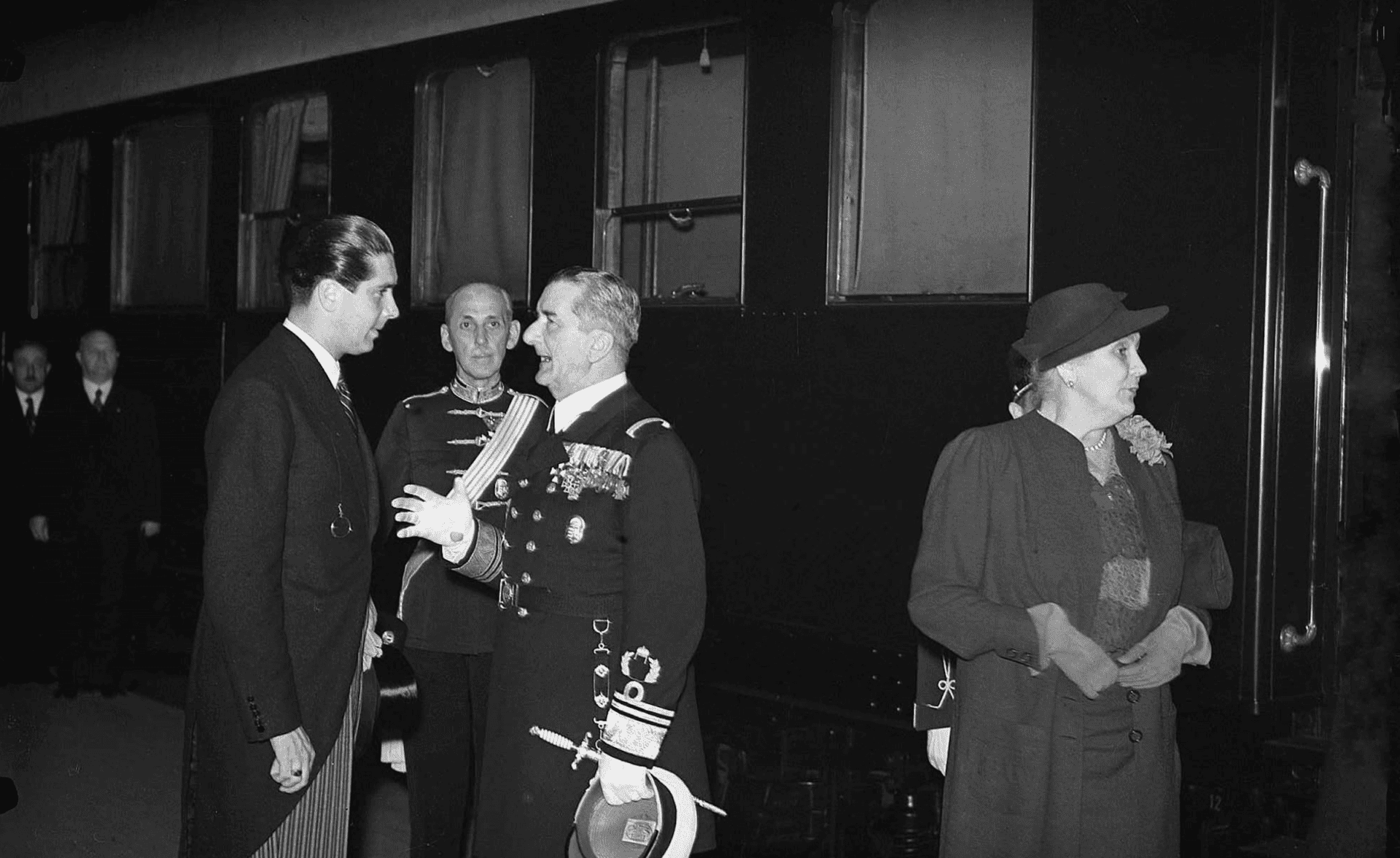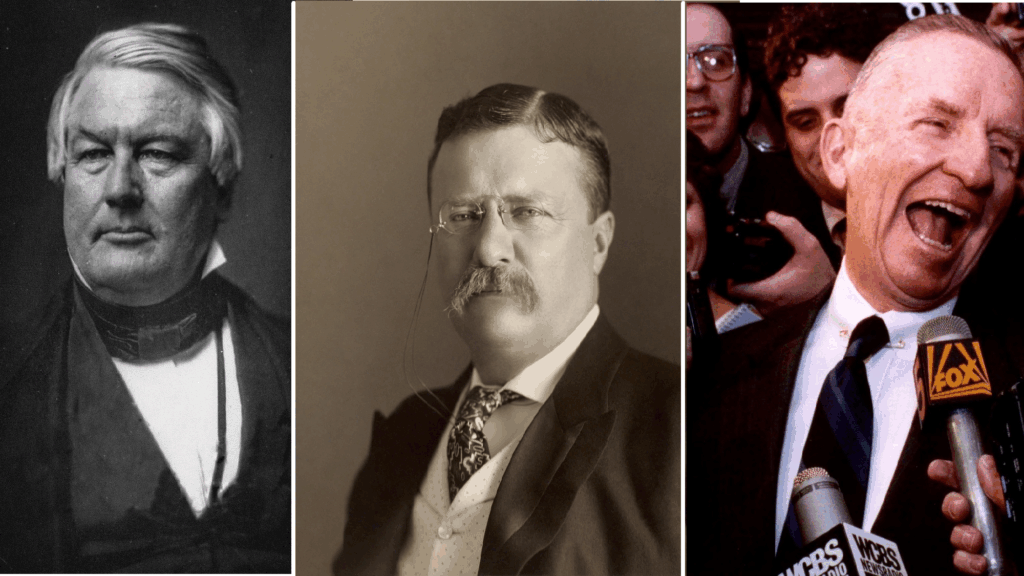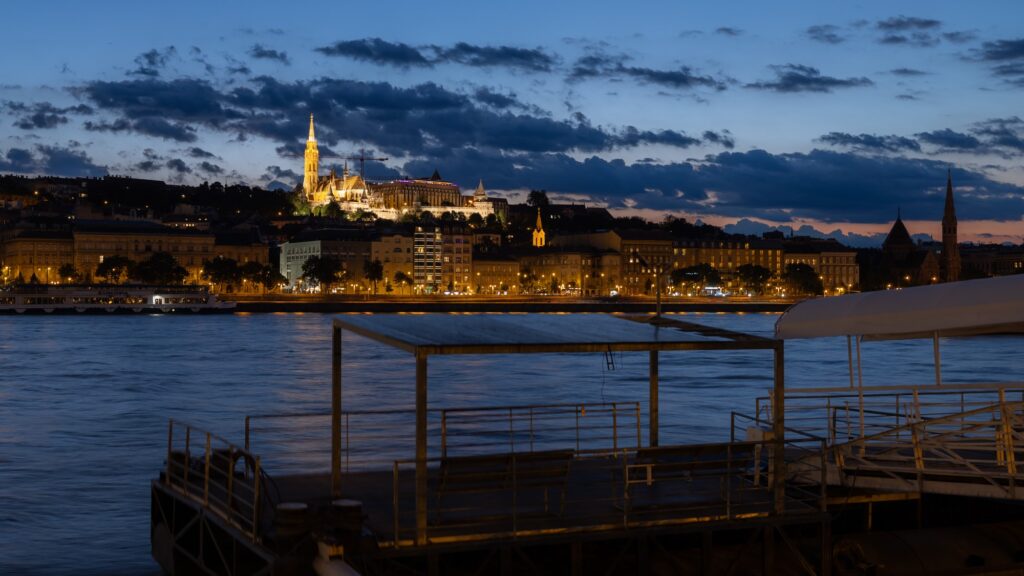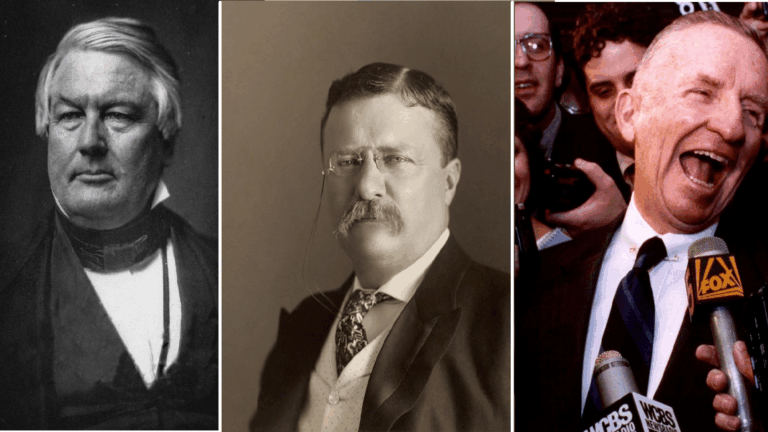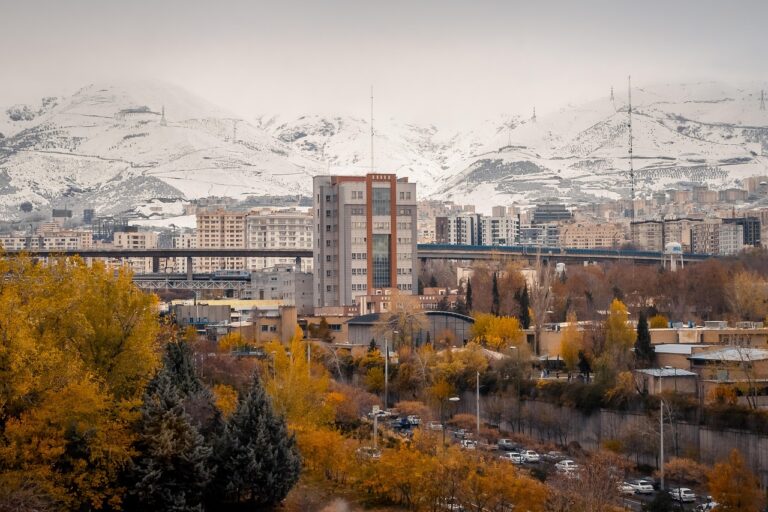Although today Horthy is mostly remembered for the white horse on which he rode into Budapest, he was also famous among his contemporaries for his private train, the Turán, named after the mythical ancient homeland of the Hungarians.
The Turán was a real luxury train of its time. It consisted of a conductor’s car with a separate kitchen, two sleeping cars with full bedding, a kitchen car, a bathroom car, a dining car and a lounge car, and two cars for the staff. In addition, if deemed necessary, a central telephone and telegraph car was also installed, which was operated by post office staff. All cars of the train were connected by telephone. When Regent Miklós Horthy, the owner of the Turán, received guests, additional wagons and dining cars were added to the train, where rich feasts were arranged—although the journalists paid for the meals themselves. In any case, they were always provided with impeccable bedding, and their name, social status and address were always written on the doors of their cabins, as Captain Gusztáv Mitterpacher, the retired MÁV chief captain of Turán, so proudly recalled. ‘It is a good feeling that we are approaching the former high standard of the old shiny and brilliant court trains,’ he wrote during the Horthy regime, with the term ‘old’ referring to the Austro-Hungarian period.[i] Sometimes representatives of foreign countries also travelled on the train. A separate squad of gendarmes was in charge of the security of the Turán.
From the spring of 1920, the regent travelled around the country in his private train to observe the results of his national leadership in all the important settlements. As a rural newspaper put it, ‘King [Matthias], the Just used to tour his vast country like the regent now tours our small Hungary.’[ii] Horthy’s special train also stopped at his family’s ancestral estate, Kenderes, where the governor shot pheasants and foxes and then held a feast. The local residents received several chests of aid and donations: according to Mitterpacher, ‘the poor, who had been completely looted by the invading Romanian troops, really welcomed the governor with tears in their eyes.’ The Romanians had also taken with them Horthy’s horses, which left such a deep mark on him that he even mentioned it in his memoirs.[iii]
Wherever the Turán appeared, ‘the ever-dwindling Hungarian masses were filled with confidence’
Where the Turán stopped, girl children dressed in national colours and men waving hats greeted the regent, whom they saw as a symbol of the regime’s consolidation and the rise of the nation. According to the newspaper quoted earlier, wherever the Turán appeared, ‘the ever-dwindling Hungarian masses were filled with confidence. Because what the regent of Hungary says on these occasions, he says to the whole nation.’[iv]
Horthy also visited Orosháza at the end of August, and then went on to Békéscsaba in the Turán, where little girls in traditional costumes, Ilonka Achim and Gabriella Muntean, greeted Horthy. In his speech in Orosháza, Horthy stated that ‘the Hungarian people have learnt a lot in the past period’, namely that ‘no one will help us except ourselves’. One does not have to belong to the school of history that considers the concept of the nation as a construct to notice: the concept of the ‘Hungarian people’ was a subject of debate at the time. For instance, Achim was a scion of a famous Slovak family from Békéscsaba, while the Muntean family was of Romanian origin. And there were quite a few people in Hungary at the time who certainly did not consider these families to be part of the Hungarian nation. Besides, although Horthy declared in his speech in Békéscsaba that he did not discriminate between religions, representatives of the local Jewry were never allowed to appear to greet him during his visits to the countryside.[vi]
However, there was one city that Horthy avoided. He did not visit Sopron in Western Hungary immediately after the referendum in December 1921, which secured the city’s wish to remain part of Hungary instead of Austria. He only visited the city on the one-year anniversary of the plebiscite, in December 1922. But why did the Turán have to wait so long to take the regent to the western peripheries? Horthy had a good reason for staying away from Western Hungary for a year. The expulsion of Charles IV of Austria in October 1921 created a lot of tension between the government and the western population, loyal to the king. On 14 December 1922, Horthy went to Sopron, where, according to contemporary press reports, he was greeted with ‘frenetic cheers’. Whether this was so, or whether the joy was genuine, is questionable. What is certain is that a day earlier he visited Kőszeg, where, according to a memoirist, a local legitimist Catholic priest called him a ‘king-slaying Protestant’.
Horthy was by no means an uneducated person: as a former aide to Habsburg Emperor Franz Joseph, he spoke foreign languages, was an athletic person, who could paint, played the piano, sang and regularly attended opera and operetta performances (his favourite composers were Giacomo Puccini, Ferenc Lehár, Johan Strauss and Imre Kálmán). Nevertheless, in January 1922, he chatted with the greatest Hungarian actress of the time, Mari Jászai, for an entire hour without even mentioning art. (The famous actress had a great opinion of Horthy, whom she compared to Hungarian politician István Széchenyi in her diary.)[vii] Also, when he toured the country travelling in his Turán, the regent gave several speeches in which he touched on national defence issues, the economy and society, but completely ignored one topic: culture.
The Turán usually operated with a crew of 60–70 people and provided its passengers with princely meals. In addition, Horthy enjoyed eating at well-known local restaurants during his travels around the country. Mitterpacher had the list of the governor’s menus: in Debrecen, he ate stuffed eggs ‘governor’s style’, and in Nyíregyháza, snail soup and veal steak with mushrooms, then grilled catfish, and he drank the best local wines with his meal. Horthy’s favourite, black coffee, was indispensable at the end of the 150-course banquet. On other occasions, pasta, cakes, liqueurs, meat, various mousses and fruits were on the menu, too.
Darker stories also emerge from the press reports about the Turán and Horthy’s feasts
However, darker stories also emerge from the press reports about the Turán and Horthy’s feasts. For example, the social democratic Népszava proposed the following restaurant menu for the regent: ‘for a Siófok-style appetiser, in terms of meats, sliced sirloin, bloody sausage, and pogrom pastry’, then possibly ‘champagne chilled in the Danube’, and ‘black or rather white coffee’.[viii] These lines referred to the bloody atrocities that accompanied the establishment of Horthy’s right-wing regime: the murders in Siófok, the pogroms, the people who were drowned in the Danube, and the so-called ‘white terror’. The victims of one of the most notorious murders were the editors of Népszava itself, journalists Béla Somogyi and Béla Bacsó.
The fate of the train reflected the demise of the Horthy regime. It was sent to Czechoslovakia in 1944, where most of its cars were eventually destroyed, except for the dining car, which was preserved as a holiday home in what is now Slovakia. In 2020, the Hungarian state bought back the car: the vehicle was purchased by the Hungarian Museum of Transport for 10 million forints. The government subsequently allocated 25 million forints for its renovation, which has not yet been completed.
[i] Hadtörténelmi Levéltár, Personalia, p. 206.
[ii] Kecskeméti Közlöny, 7 Sept 1920.
[iii] Miklós Horthy, Emlékirataim, Budapest, Európa, 1990, p. 120.
[iv] Kecskeméti Közlöny, 7 Sept 1920.
[v] Világ, 29 Aug 1920.
[vi] Budapesti Hírlap, 2 Sept 1920.
[vii] István Lehel (ed.), Jászai Mari emlékiratai, Budapest, Egyetemi Nyomda, 1927, p. 234.
[viii] The Népszava article is cited in: Jövő, 13 Jan 1922.

